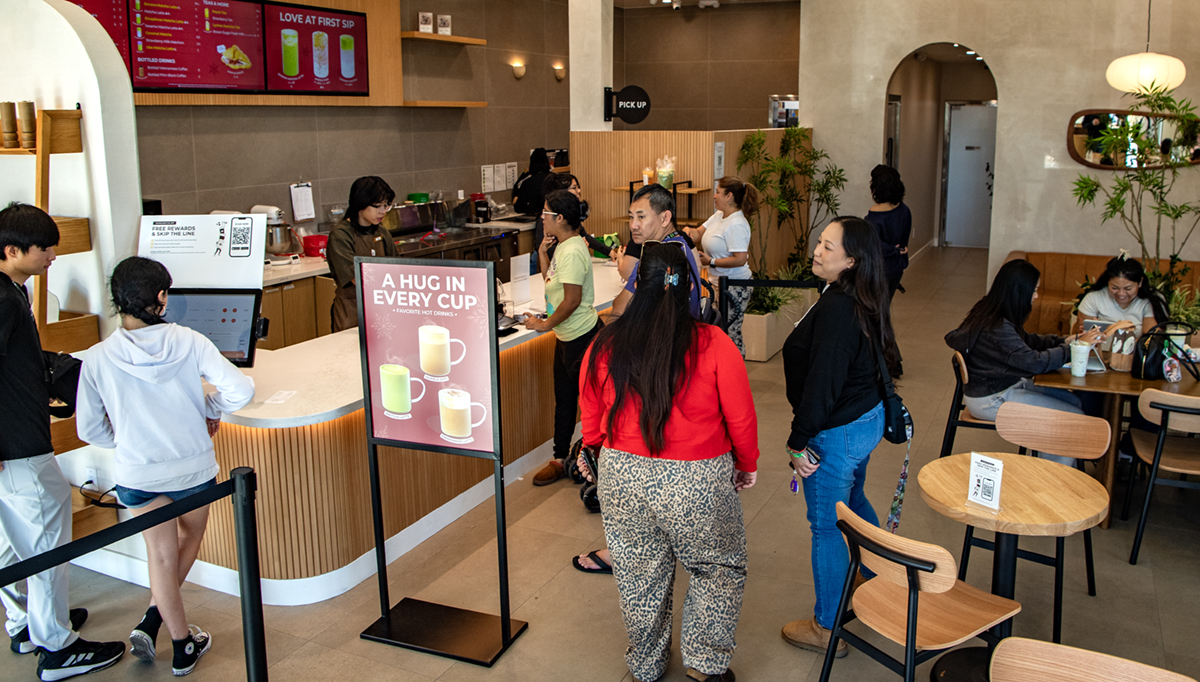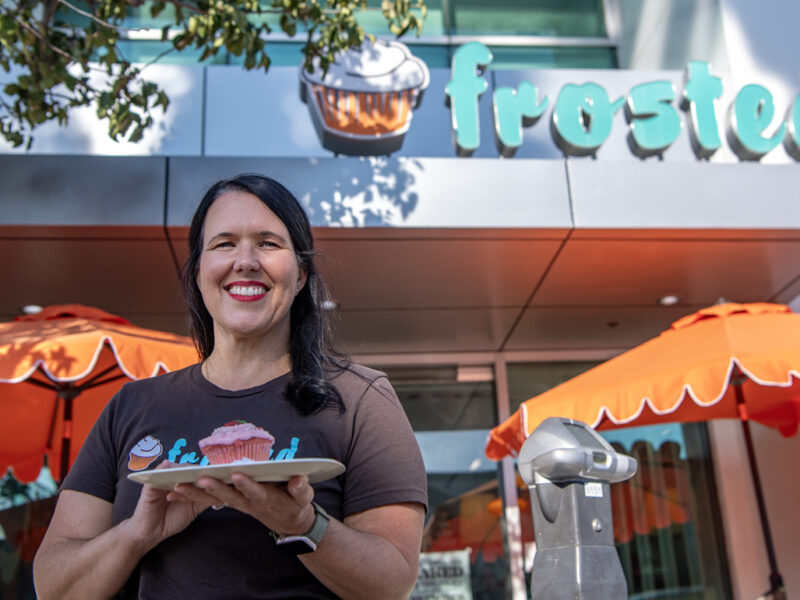“It’s really hard to find a good Vietnamese coffee shop,” said Vinny Nguyen, explaining part of the popularity of his store, Da Vien.

“It’s really hard to find a good Vietnamese coffee shop,” said Vinny Nguyen, explaining part of the popularity of his store, Da Vien.








